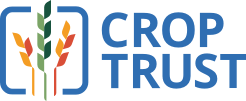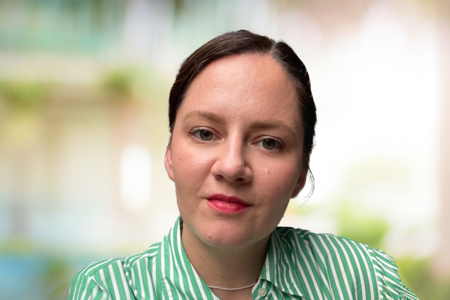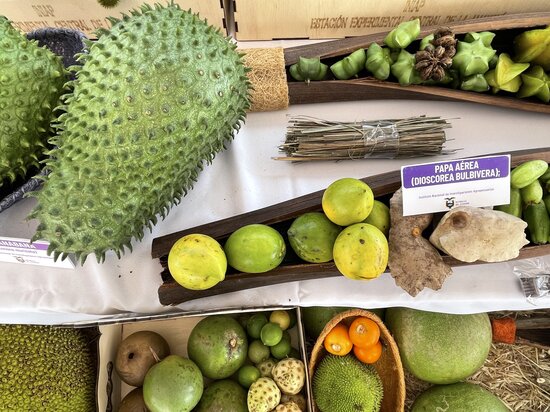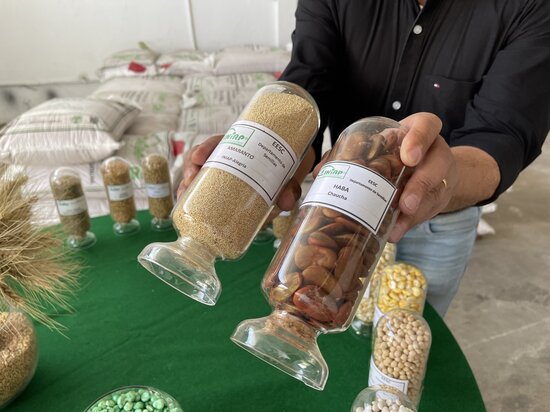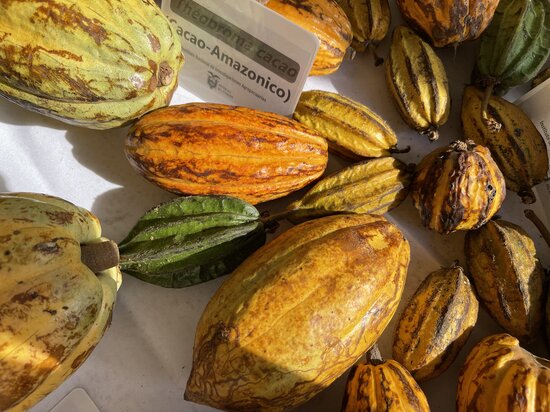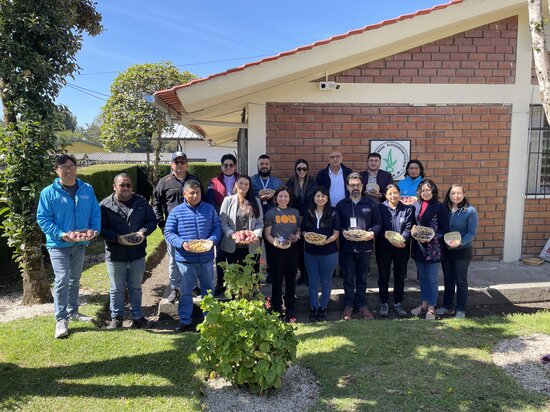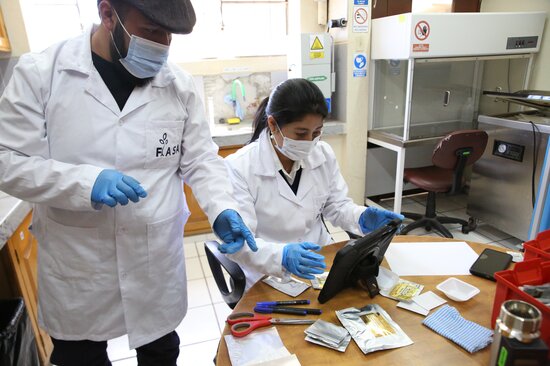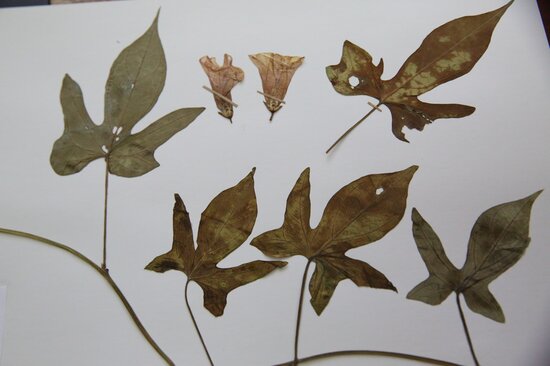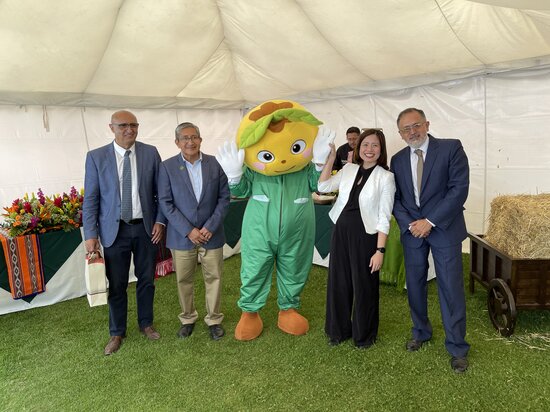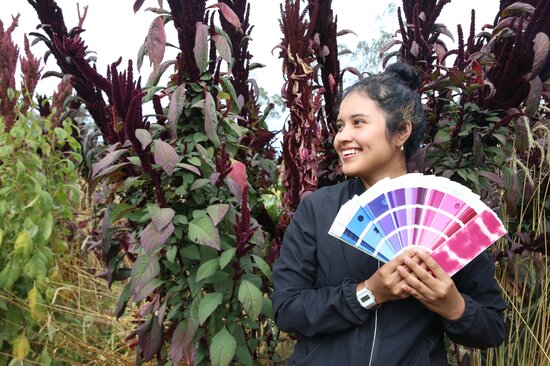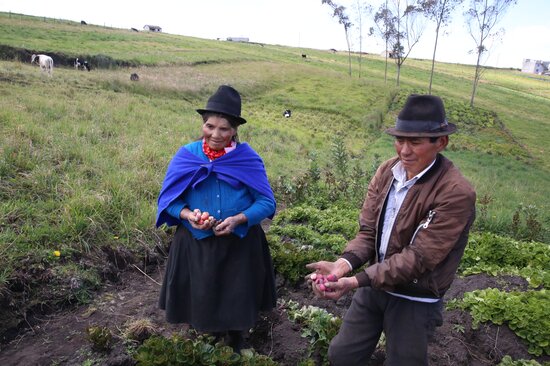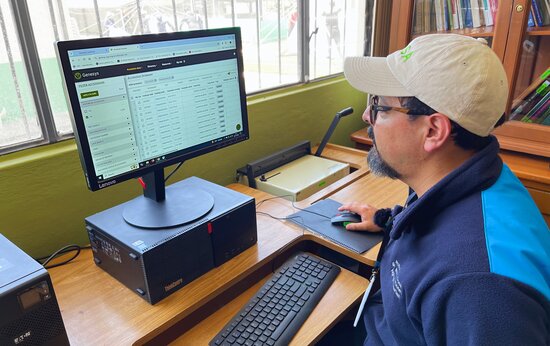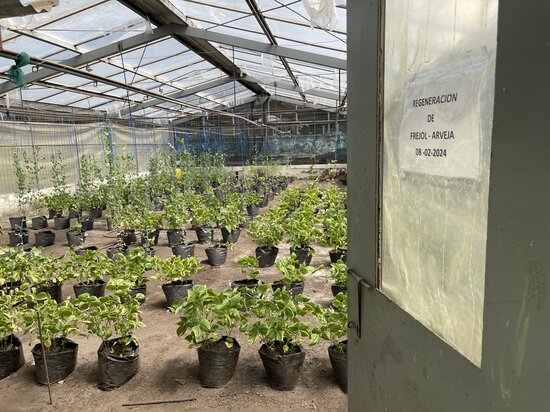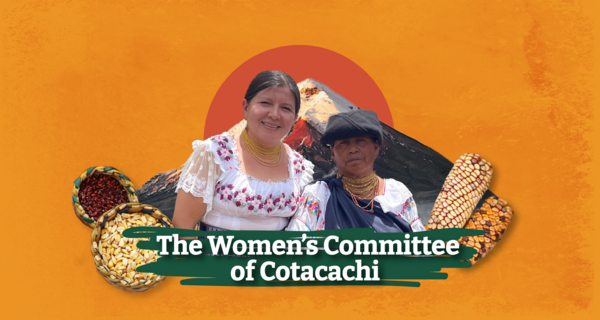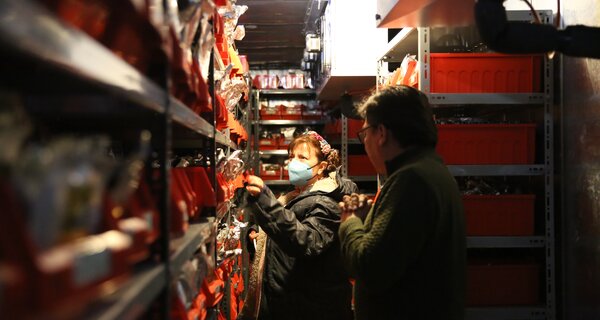Ecuador’s Model Genebank
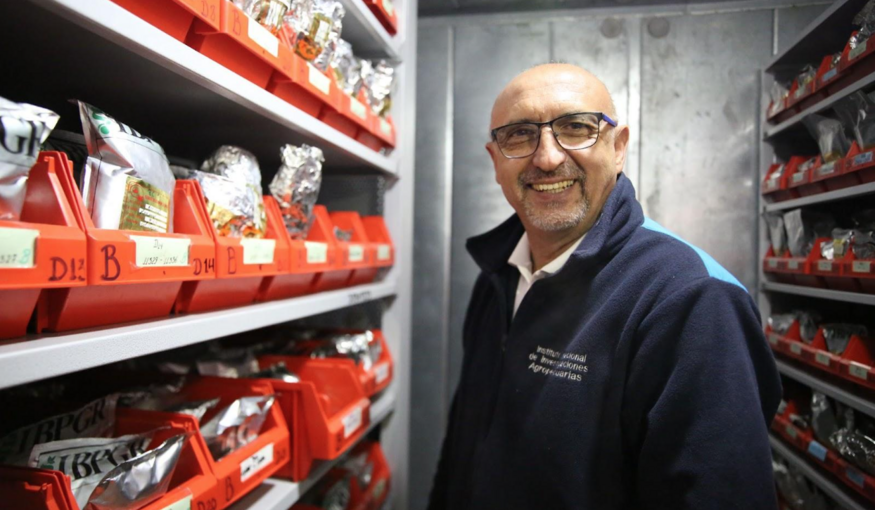
“What we have here is the most precious in Ecuador,” says Dr César Tapia as he welcomes visitors to the genebank’s renovated cold room. Photo: Luis Salazar/Crop Trust
20 October 2025
Ecuador may be small in size, but it’s big in biodiversity. With landscapes that stretch from the Amazon to the Andes and even include the Galápagos Islands, this South American country is home to many plants and animals found nowhere else in the world.
But for one man, Ecuador’s greatest treasures can be found elsewhere.
“What we have here is the most precious in Ecuador,” says Dr César Tapia, swinging open the heavy door of the national genebank’s cold room, where thousands of seed samples of numerous crops are securely stored. His face lights up in the neon glow as he welcomes visitors to DENAREF, the Department of Plant Genetic Resources at the Instituto Nacional de Investigaciones Agropecuarias.
Although he would modestly deny it, Dr Tapia has become an institution himself – admired by his team and crop diversity experts worldwide. Representing Ecuador in negotiations under the International Plant Treaty, he plays an ambassador-like role, rubbing shoulders with counterparts from Albania to Zimbabwe and helping to shape decisions that will affect the whole world.
“I don’t believe that researchers should only be dedicated to the development of technologies but should be active and critical participants in policies for the care of our planet and its biodiversity,” he told Forbes. Following that vision, Tapia has built DENAREF into a model of genebank excellence.
Sharing Diversity Far and Wide
DENAREF’s genebank team is small but dedicated. The wealth of genetic resources in their care includes almost 30,000 samples, or accessions, of over 1,000 species. About 82 percent of this collection was gathered in Ecuador.
The genebank has unique samples of both edible wild plants and cultivated crops that have fed communities for centuries. That includes beans, oca, açaí, quinoa, maize, and cacao. In the face of climate change, tomorrow’s farmers will need all the diversity of crops found in the genebank to develop varieties with drought and heat tolerance, and disease resistance.
That urgency shapes DENAREF’s day-to-day work. In 2024, they distributed an impressive 10,000 samples to farmers, breeders and researchers across the country. This ensures that Ecuador’s crop diversity is not only conserved but also actively used.
In Cotacachi, a small town nestled between two volcanoes, the genebank works closely with Indigenous women. Dr Tapia and colleagues share seeds with them while conserving their traditional landraces in return. Farmers plant the seeds, evaluate the resulting crops and report back, helping DENAREF identify which varieties will be most useful to solve different agronomic problems around the country.
Similarly, in Quisapincha, José Sillagana and his wife Eusebia are growing out Andean tubers held by the genebank since the early 1980s. Melloco, mashua, and oca were once integral to the diets of the people of Andean communities. But changing tastes, shrinking demand and lack of planting material have slowly diminished their presence in farmers’ chakras, or fields, and on their dinner tables. Sillagana’s farm now serves as a showroom for other farmers, boasting 280 varieties of the three crops.
The genebank team knows full well that diversity will not be valued if it is not seen. Ana Flores led the organization of Ecuador’s first-ever Genebank Day, an event that connected students, policymakers and farmers with seeds and showcased DENAREF’s activities. Germo, the youth-friendly mascot with a turnip-shaped head that she unveiled may be funny-looking, but he carries a serious message. Crop diversity belongs to everyone and conserving it is a communal cause.
Making BOLD Moves
Four years ago, when DENAREF joined the Crop Trust’s Biodiversity for Opportunities, Livelihoods and Development (BOLD) project, the genebank underwent a rigorous external review. International experts recognized DENAREF’s achievements and identified areas for improvement.
With a fresh influx of project funds and knowledge, Dr Tapia and his team rolled up their sleeves and tackled their to-do list. Their accomplishments in just a few years shows what is possible when a genebank with a visionary leader is given adequate support.
- New equipment such as seed counters, moisture analyzers and vacuum sealers improved accuracy and quality control in seed management.
- A barcode system now tracks seed samples through every step, reducing errors and increasing efficiency.
- Distribution records were digitized, inventories updated and new databases with images and tracking systems created, making diversity easier to request and use.
These improvements are already paying off. “Using quinoa accessions conserved at DENAREF, our breeders developed INIAP-Excelencia from a cross between two traditional quinoa varieties. Released in 2023, it is high yielding with low saponin content, which means it’s easier to process, less bitter and more attractive for farmers and consumers alike,” says Dr Tapia.
Seeds Secured, Data Shared
For a genebank, working with every species requires precision. Each type of material has its own method of conservation – whether as dried seeds, living plantlets or field collections – all requiring precision to stay viable over time. To keep the collection healthy, new germination protocols have been developed for key crops, and viability testing is now a routine part of the work. DENAREF has also strengthened its long-term security: hundreds of quinoa and amaranth accessions have already been safety duplicated at the Catholic University of Ecuador in Ibarra, and by October 2025, nearly 900 more will be safeguarded at the Svalbard Global Seed Vault.
Digitizing the data behind Ecuador’s crop diversity is almost as important as keeping it alive and safe. Data allows breeders and farmers to know more about a seed sample’s characteristics. Passport data for almost the entire DENAREF collection is on Genesys, the world’s largest platform for sharing information about crop diversity conserved in genebanks. Tens of thousands of records were also migrated to GRIN-Global Community Edition, a genebank-specific information management software that supports the genebank’s workflows. All of this aligns Ecuador’s collections with global standards.
Delivering Benefits
DENAREF has made great strides – it is now better equipped, more connected and serving more people across Ecuador. Dr Tapia and his team are proving that a genebank can both protect seeds and put them back into farmers’ hands.
“DENAREF is a national treasure,” says Renzo Fonseca, the Inter-American Institute for Cooperation on Agriculture (IICA) representative in Ecuador. “It safeguards crops vital for farmers here and for food security worldwide. But like the seeds it conserves, it needs the right conditions to thrive.”
With continued support, Ecuador’s genebank can ensure its extraordinary collection of crop diversity remains alive and accessible for generations to come – and, in doing so, this leading genebank can inspire us all.
Categories: For The Press, For Partners, BOLD, Food Security, Nutritional Security
